The preparation of firewood is a lot of work, from felling a tree, limbing and bucking the logs, to dragging the long lengths out to the trail and back home, to finally cutting to length, splitting, stacking, and restacking. This may lead you to ask: why go to so much work to split the logs?
Large, fresh logs are difficult to burn and dry very slowly. Splitting firewood and cutting it to short lengths allows logs to dry much faster, and exposes the relatively drier inner wood for easier immediate burning.
Table of Contents
Why is wood wet?
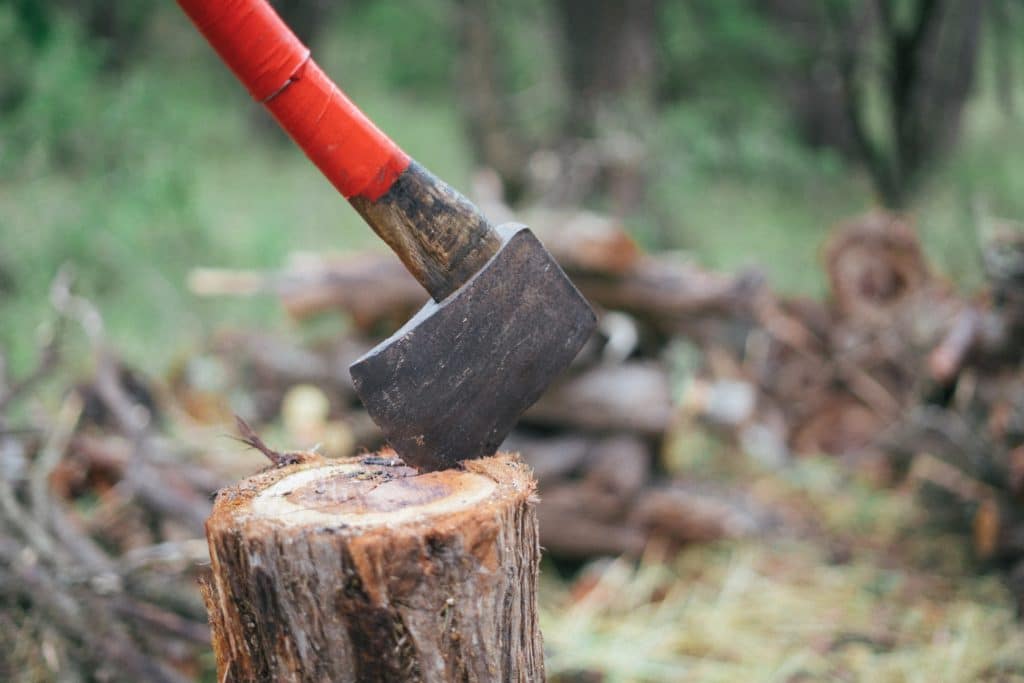
Plants rely on photosynthesis for the energy they need to live. The roots uptake vital water and nutrients, and serve as storage for excess energy.
But with every plant in the forest competing for sunlight, the tallest ones eventually outcompete the shorter ones. The trunks of trees help get their leaves up in the air and carry the water, nutrients, and energy back and forth through long, straw-like cells.
When a living tree comes down, that water is trapped in place, waiting to get out.
Wet Wood is Hard to Burn
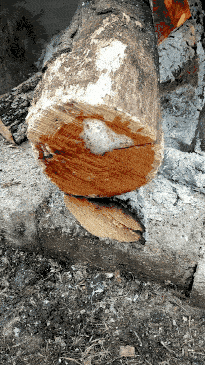
Water boils (at sea level) at 100 °C (212 °F). You can’t raise the temperature of liquid water above 100 °C without a pressure chamber.
The energy required to vaporize water into steam is tremendous. Flashing back to high school chemistry, the amount of energy to raise one gram of water 1 °C is 4.18 Joule, but that “specific heat”, as it’s called, only applies to liquid water. Phase changes, like liquid to gas, require much more.
In fact, taking one gram of water from just above freezing all the way up to boiling requires 418 Joules of energy input, but vaporizing that same gram from 100°C water to 100°C steam requires 2200 Joules, over five times as much!
Anything in close contact with enough liquid water will also not heat up much above boiling. My chemistry teacher demonstrated this by folding a paper cup, filling it with water, and holding a blowtorch to it. The cup did not burn until the water was gone.
Wood is like that paper cup. Its fibers start full of liquid water, held in place by the capillary action of the small tubular cells. Before the wood can be brought anywhere near the temperatures needed to burn, a very large amount of energy must be spent just boiling off the water.
Where is the Water Concentrated in Wood?

A tree trunk is made up of several layers of bark, the sapwood, and, if the tree is large enough, the heartwood.
The inner layers of bark transport energy down the tree to the roots for storage. The living outer layers of wood, the sapwood, bring water and nutrients up the tree. As trees age and trunks thicken, the innermost sapwood dies off, transitioning to heartwood.
Heartwood is usually drier than the rest of the thickness of the trunk because it’s not transporting water and sap. It also tends to contain more resin for rot-resistance, especially in conifers. Drier wood that’s rich in resin and oils burns much better than the outer layers of wet sapwood.
So Why Split the Firewood?
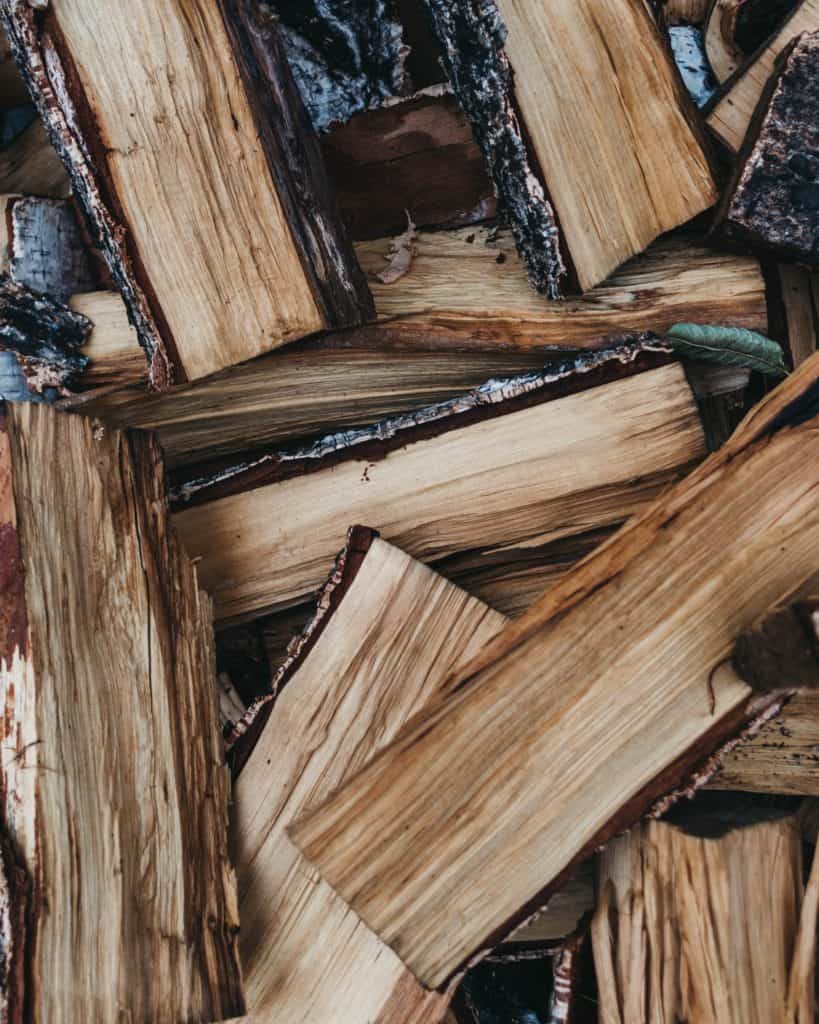
Bark is like the skin of trees, and one of its major jobs is holding water inside. We want the water to exit firewood, so we need to expose some surface area of uncovered wood.
As previously mentioned, wood fibers are like bundles of very thin straws. In fact, with short lengths of very dry wood, you can dip one end in soap and blow through the other end to blow bubbles. With wet wood this won’t work, as the water blocks your air passing through.
Those fibers are very strong, and so is the bond of the bark to the wood. The glue between the fibers, however, isn’t nearly so strong. It’s much easier to split wood, with an axe, maul, or wedges than to peel the bark off. A good solid splitting maul can split most firewood in one blow.
Splitting firewood also exposes the inner surfaces, unlike peeling. A quartered log has 39% more exposed surface area on the long faces than a whole round log, and that area makes a huge difference.
Water migrates best along the length of the log, so cutting logs to short lengths is crucially important. But letting it migrate out the sides by exposing areas not covered in bark helps tremendously.
How Else does Splitting Firewood Help It Burn?
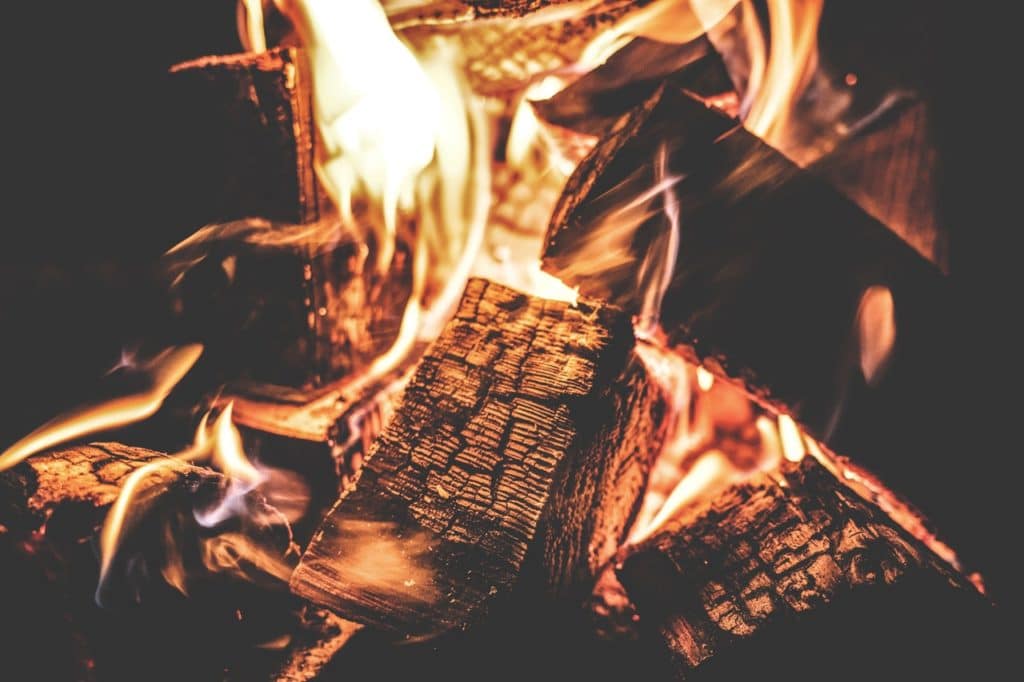
Splitting firewood cuts down the size of the logs. Larger pieces take more energy to get burning than smaller ones, which is why we start fires from fine tinder and move up slowly, effectively playing energy dominoes.
Splitting also exposes the driest part of logs that were recently alive, as well as the part richest in flammable resin.
If you’re building a fire from found wood in a wet area or after heavy rains, heartwood is more likely to be dry. Wood that’s been dead a while will dry out on its own, but rainwater and humidity can penetrate the sapwood fairly easily, rehydrating them.
Splitting kindling out of the core can be your only way of getting good dry kindling in this situation. Try for logs that are dead, but still standing up or leaning up off the ground to make it more effective.
For more info on starting fires with primitive methods, check out my post of Primitive Fire Skills.
What are the Best Tools for Splitting Wood?
Splitting wood can be an arduous task, but it’s made much easier by matching the proper tools to the task.
The biggest considerations in choosing tools for splitting wood are the size of the logs you’re splitting, the size you’re trying to split to, and the volume of wood to be split.
If you’re looking to split medium to large logs, and lots of them, a hydraulic ram splitter, like a gasoline powered one from your local hardware store, or this electric alternative from the great value brand WEN (I don’t have this but do have several of their products, have loved them all) are the way to go. Hydraulic splitters let you process huge volumes of wood quickly, letting you save your energy for stacking the wood properly.
Splitting wood by hand, you’ll need some sort of axe, and a good solid splitting log. I actually find the log you split on more important than the tool you split with, so make sure you take the time to get that right.
You’ll want a big, heavy chunk of wood, set solidly into or on the ground. The top face should be about 30″ off the ground, and make sure to take the time to get the top face super level. Unlevel splitting logs make you waste more of your time chasing logs around than splitting them. I’m currently living in a pretty urban area without a truck, so I resorted to bolting together a clump of 4×4’s.
When you’re going for firewood sized logs, a splitting maul, like this excellent splitting maul from Husqvarna (imported from the great Swedish axe makers at Hultafors) is the ticket. I’m a big fan of the Swedish pattern, with more metal pulled down around the axe handle to make a really solid connection, but you could grab one from the hardware store for cheaper. Just make sure the eye is centered and you like the feel of the handle.
Processing down wood for kindling, a hatchet is the answer. I always recommend my favorite hatchet, the Hults Bruk Almike, for a really handy, lightweight, and sharp hatchet, and the Husqvarna 13″ Wood Hatchet for a cheaper option, when weight and feel isn’t as critical.
Other Benefits of Splitting Wood
Splitting firewood is an incredibly satisfying experience, and a fantastic workout. These days hydraulic ram splitters can be had fairly affordably for anyone who needs to split tons of wood and doesn’t have the time to do it by hand.
Time spent swinging a splitting maul to split down large logs can help build strength and confidence with axes. Splitting fine kindling with a hatchet teaches accuracy and precision that are easily transferred to limbing trees or roughing out carvings.
Of course, be careful not to split your leg in the process.
Additional Reading
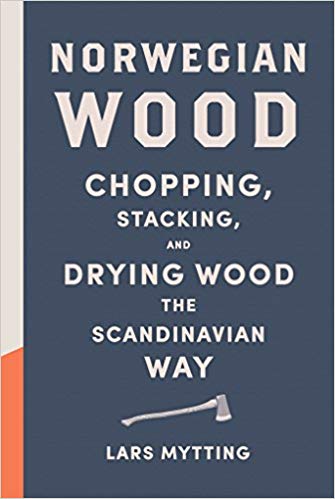
For anyone interested in learning more about splitting firewood, or the Norwegian culture around it, I highly recommend checking out Norwegian Wood by Lars Mytting. It’s a very interesting read, and jam-packed with useful tips. I chewed through all 192 pages in one sitting, then read it again the next day.

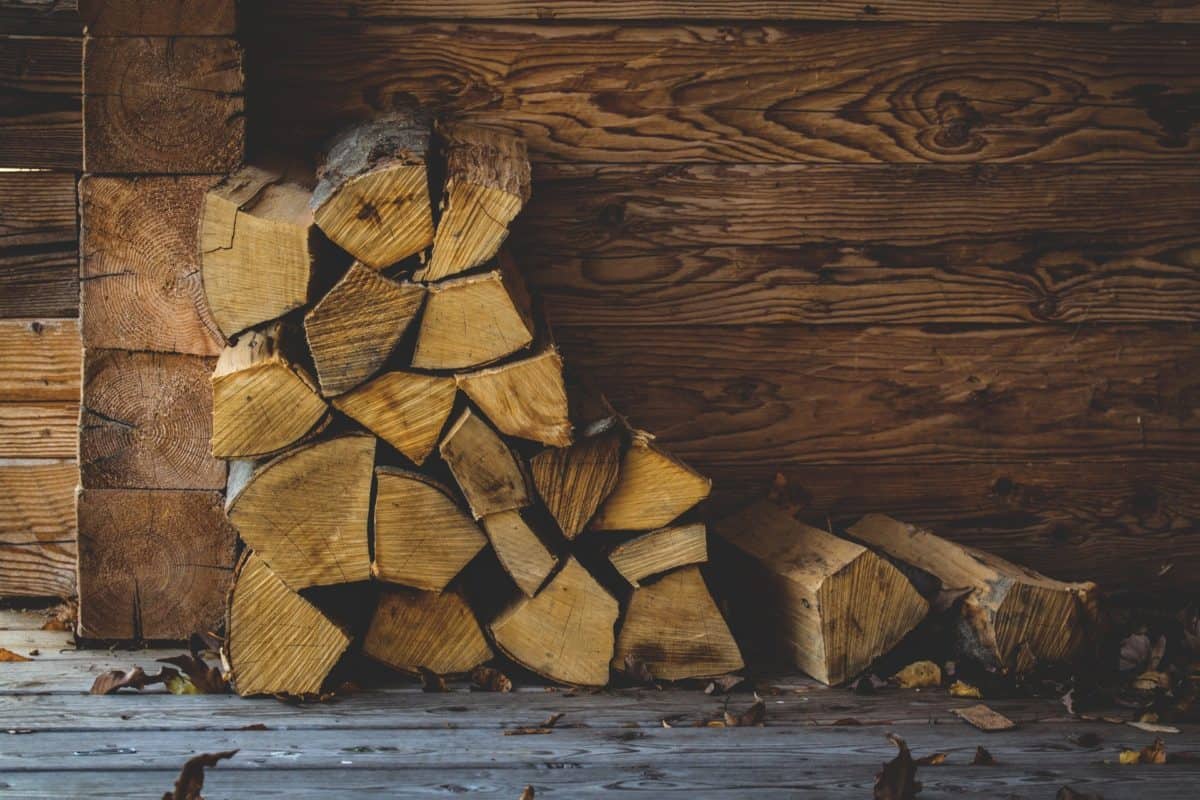


Awesome !
We no longer have wood heat and I miss it so much. I love the smell of burning wood. I think the big thing I miss though, is the actual splitting of it. I love the exercise it gives but there is really nothing like the smell when you split it open and that fantastic sound it makes. My family has always lived by the thought that wood heat warms you three times, splitting, stacking and burning. Great post!